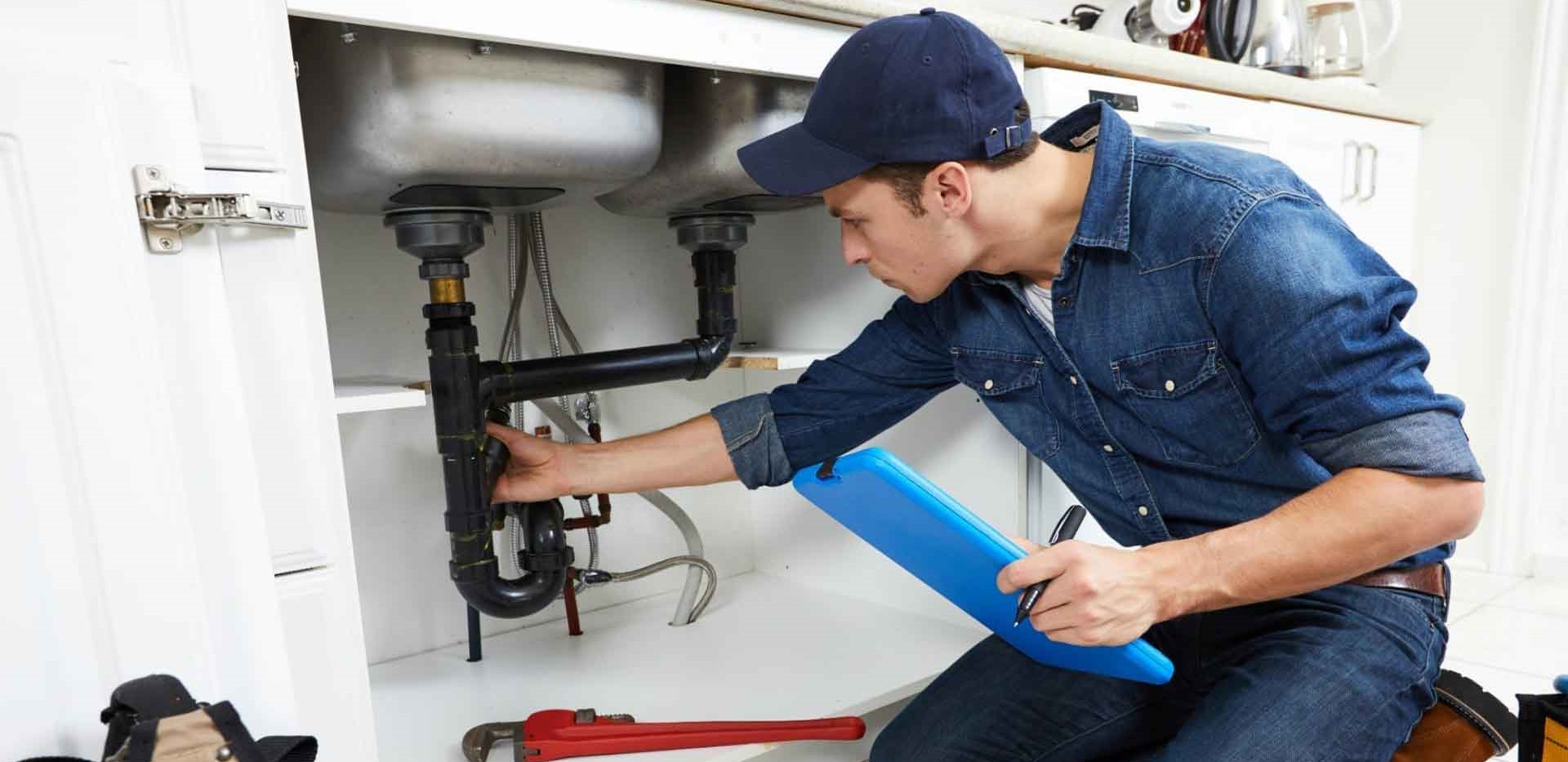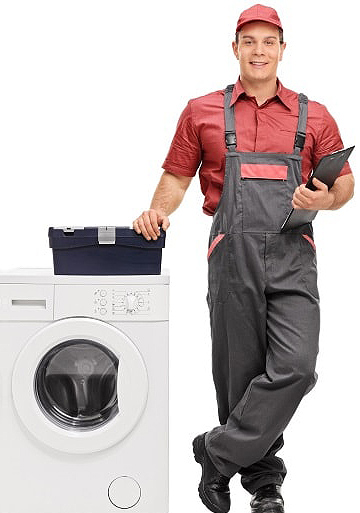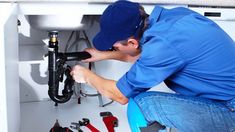
Salgado Plumbing
Expert Plumbers, Quality Service – Los Angeles’ Choice for Plumbing Services!
(323) 471-4079
Expert Plumbers, Quality Service – Los Angeles’ Choice for Plumbing Services!
(323) 471-4079Water leaks within the confines of your home can stealthily transition from being mere inconveniences to significant emergencies, inflicting extensive damage that demands costly repairs. The key to averting such unwelcome scenarios lies in the early detection of leaks, a proactive approach that not only promises substantial savings on repair bills but also plays a crucial role in water conservation.
This detailed guide is designed to empower homeowners with the knowledge and techniques necessary to uncover hidden leaks well before they escalate into severe problems. By sharpening your awareness and adopting vigilant inspection practices, you can effectively safeguard your home against the potential devastation that unchecked water leaks can unleash.
(323) 471-4079One of the simplest ways to suspect a leak is by monitoring your water usage. A family of four typically uses up to 12,000 gallons per month for moderate consumption. If your usage significantly exceeds this without a clear reason, it's time to investigate for leaks.
An unexpected increase in your water bill is often the first sign of a leak. Compare bills over the past few months. If you notice a steady increase despite no change in your water usage habits, there's likely a leak somewhere in your home.
The water meter can be a great tool for detecting leaks. First, ensure no water is being used inside or outside of your home. Then, watch the meter for 15 minutes. If it changes, you likely have a fast-moving leak. If it doesn’t change immediately, wait for two hours without using any water and check again. Any change indicates a slower leak.
Toilets are common culprits for leaks. To test for leaks, add a few drops of food coloring to the tank, and don't flush. If color appears in the bowl after 30 minutes, you have a leak.
Check all faucets for drips or puddles underneath. Sometimes, a worn-out washer is all it takes for a faucet to start leaking.
Similar to faucets, inspect showerheads for drips. A leak at the connection between the showerhead and the pipe can often be fixed by simply tightening the connection or using plumbing tape.
Look under sinks for any signs of water or moisture. Check the pipes and connections for leaks.
Check around the water heater for moisture or any signs of leaking. Rust around the water heater can also be an indication of a leak.
Dishwashers, washing machines, and refrigerators with ice makers or water dispensers can also be sources of leaks. Examine hoses and connections to these appliances for signs of wear or moisture.
An excessive buildup of mold or mildew, especially in areas that should be dry, can indicate a water leak.
Areas that are hard to ventilate, like cabinets or basements, can develop a musty smell if there's a leak.
Water stains on walls or ceilings are a clear sign of a leak and should be investigated immediately.
Floors that warp or buckle without a clear cause might be suffering from water damage due to leaks.
Water leaks within walls can cause paint or wallpaper to peel or bubble.
When the house is quiet, listen to the sound of running water. If you hear it without any water being used, it's a strong indicator of a leak.
While many leaks can be detected through the methods mentioned, some leaks, especially those in pipes buried underground or within walls, require professional detection methods. If you suspect a leak but can't find the source, it might be time to call in a professional plumber. They have specialized equipment that can detect leaks without destructive testing. However, for those interested in attempting to address some issues on their own, understanding the DIY plumbing repairs can be invaluable. Remember, undertaking repairs without proper knowledge can lead to further damage, so it's important to know when to seek professional help.


Regularly checking the places where leaks commonly occur can prevent many issues. Simple actions like replacing washers in faucets, inspecting pipes for corrosion or damage, and maintaining appliances can go a long way in preventing leaks. In addition to these traditional methods, staying informed about the latest plumbing technologies and innovations can introduce homeowners to new technologies and products designed to enhance home maintenance and water conservation efforts. These advancements can significantly simplify the detection and prevention of leaks, ensuring your home remains safe and dry.
Water leaks in your home can be stealthy, but knowing how to detect them early can save you from potential disaster. By being vigilant and conducting regular inspections, you can catch leaks before they cause major damage. Remember, when in doubt, or when a leak is detected but its source cannot be found, calling a professional plumber can ensure that the problem is addressed efficiently and effectively. Protecting your home from water damage starts with awareness and action.
Salgado Plumbing
11807 S Main St, Los Angeles, CA 90061
https://www.salgadoplumbing.com/
Monday to Sunday 24 hours